A cosmopolitan girl has returned to the village of her grandparents with the idea to save the local school in which members of her family worked as teachers in the years of the Ottoman rule and in modern Bulgaria after the Liberation. With her remarkable enthusiasm she has virtually woken up the locals absorbed by everyday problems.
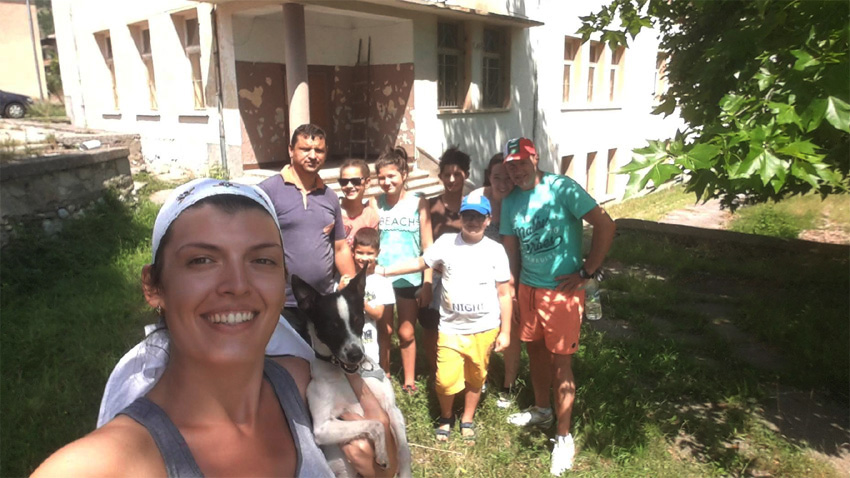
Kristiana Branzalova has studied architecture and polytechnics in Milan, Italy, and in her graduation thesis decided to tell the story of the small village of Hvoina in the Rhodope Mountains, Southern Bulgaria. First, it is the place where her family had come from, and secondly, the young woman had the ambition to work for the revival of the village suffering from depopulation. She put at the heart of her research the old school Sts. Cyril and Methodius and started collecting the stories of the people, archival photos and documents.
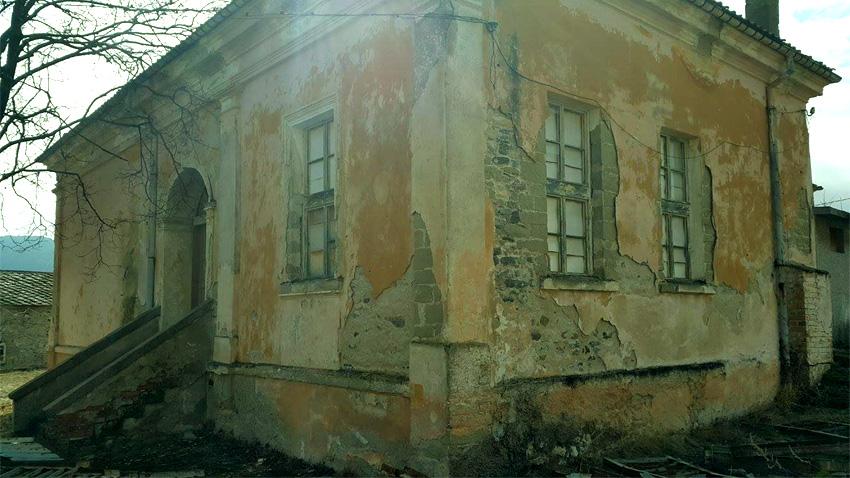
“The school originated as a monastery school in 1857 when it was built using leftover materials from the church St. Prophet Elijah. It welcomed its first pupils three years later”, she says. “Soon more pupils joined the school and in 1897 a new building erected in the village that locales used to call ‘the yellow school’. As the Balkan War broke out in 1912 the school had to survive solely on municipal funding and it suffered a setback. Once village population started to grow again a third school was built. So in 1945 pupils from the first to the seventh grades and their teachers had already three buildings available to them.”
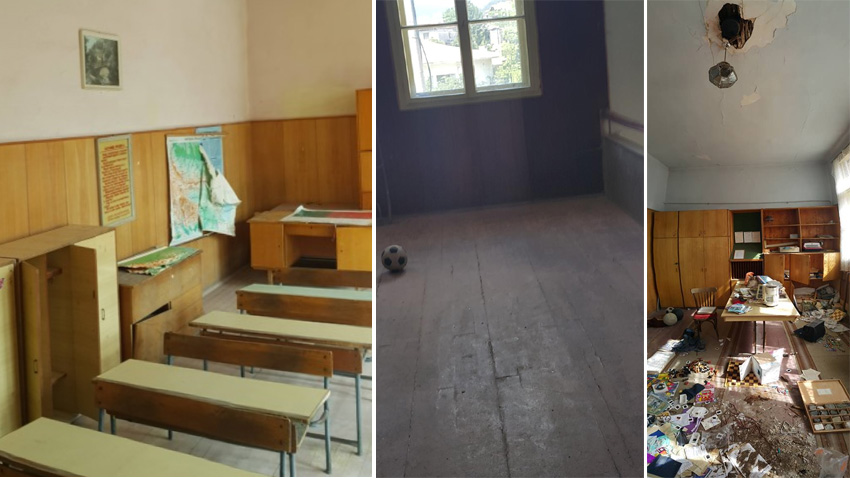
In 21 c. though classrooms are deserted because even the few children from the village do not visit classes here. Having survived the Ottoman yoke, famine and wars, today the old school has assumed a ghostly silhouette with its broken windows, leaking roofs and vandalized rooms. And, in a twist of irony, Kristiana found on the floor among piles of scattered books and notebooks, the employment papers of one of the teachers that elderly Hvoina people still remember.
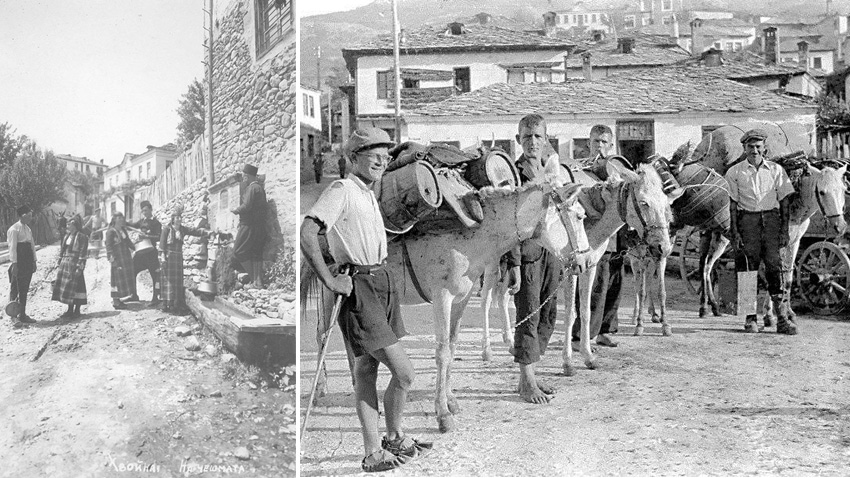
“The village was founded around an old juniper and the public fountain next to it, named Varada, which still runs today”, Kristiana goes on to say. "The people from the neighboring villages came to take away water from the place, and one day it occurred to them they could settle closer to the fountain. I even found pictures of their first houses.
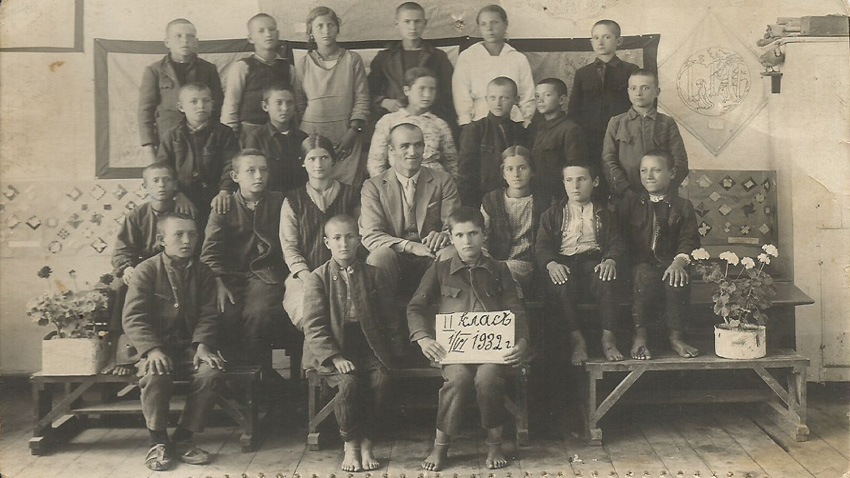
As for the ‘yellow school’, its construction depended entirely on the will of the people. Everyone in the village had to help - even the pupils themselves and their teachers carried sand over from the river. The photos show barefoot, poor children. However, their desire to study was so great that naturally, the school was strongly supported by their parents.”
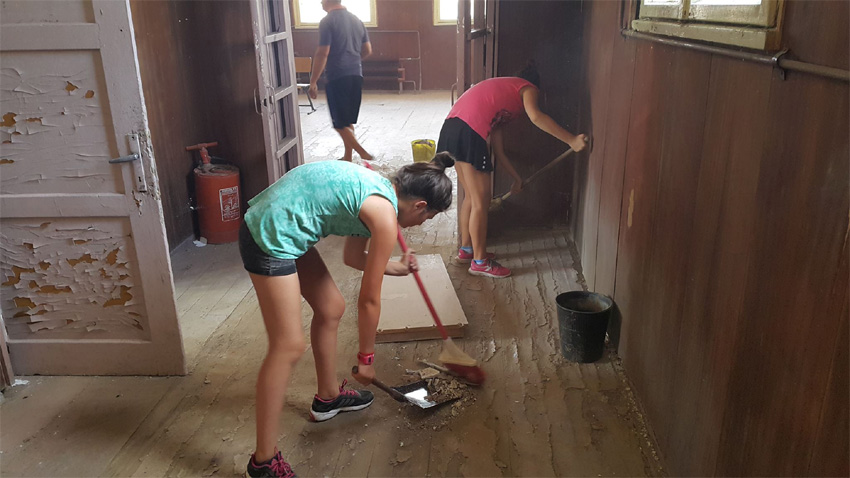
And, while in 19 c. the thirst for knowledge gained an upper hand, today buildings of architectural worth and with many years of history are left without care from the state and subject to ruin. Something that cannot happen in Italy, the student of architecture says:
“When a building turns one hundred years, it immediately enters the register of cultural monuments even if it does not have any architectural value. In Bulgaria though, this does not happen often at all. Today such buildings can be destroyed, altered in every possible way without any consequences. In Italy this is unacceptable. My two favorite examples in this regard are the Hitlerjugend colony in Rovegno and an old church in Ravenna. Although about 200 died in the colony, the municipality is looking for funding to save the building. From the church only the walls have remained but they have been embedded into the store of a famous fashion brand and in this way the building survives though with an altered function. Well, this can also happen to the school in the village of Hvoina.”

Since her arrival in the village Kristiana has spent long hours at the State Archives in the town of Smolyan, has engaged in cleaning the school with the help of the locals and has been collecting their memories. She prepares for the big traditional gathering on 18 and 19 August with the prophetic motto “Stone on stone will remain” during which she will unite her two passions – architecture and folklore. With the mission to help in the reconstruction of the school Kristiana organizes charity exhibitions with archival materials, concerts of the local folk dance group Nashentsi in the Zharava club, and a culinary competition for the most delicious Rhodope dish. All this is meant to serve the big goal – making sure that the school in Hvoina is revived for a new and active life.
English Daniela Konstantinova
Photos: courtesy of Hvoyna projectThe usurpation of cultural heritage is one of the many inevitable consequences of any military conflict, both historically and today. Until the end of the war in Ukraine, it is impossible to adequately analyse the extent of the damage caused to the..
Athens plans to modernise the Greek army by 2030 Greece's Defence Minister Nikos Dendias presented the plan for changes in the army to the parties in parliament. The reforms will cover all three branches of the military. By 2030, 33 units..
A short video kaleidoscope of the "untold stories" of worthy Bulgarians - scientists, entrepreneurs, engineers, artists - who have contributed to our country's good image in the eyes of the world opened an unconventional public forum that showcased the..
The film "Gundi: Legend of Love" caused a sensation across the Ocean. Screenings of the film story about the life of legendary football..
A short video kaleidoscope of the "untold stories" of worthy Bulgarians - scientists, entrepreneurs, engineers, artists - who have contributed to our..
The usurpation of cultural heritage is one of the many inevitable consequences of any military conflict, both historically and today. Until the end of the..

+359 2 9336 661
